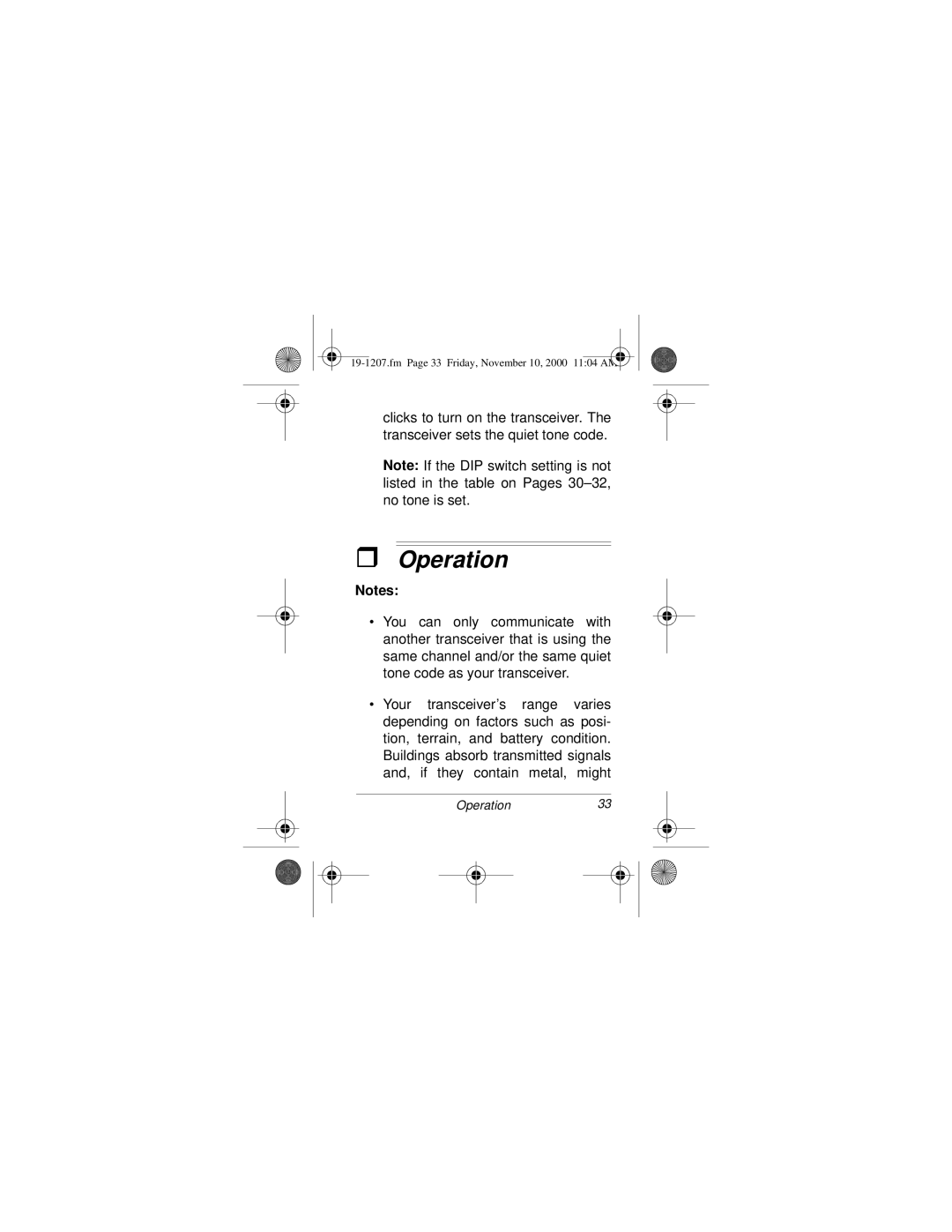BTX-128 specifications
The Radio Shack BTX-128 is a groundbreaking personal computer that emerged in the early 1980s, capturing the attention of technology enthusiasts and hobbyists with its innovative features and capabilities. As a member of the Tandy family of computers, the BTX-128 was designed to be both accessible and powerful, aligning with the growing interest in home computing during that era.One of the main features of the BTX-128 is its robust hardware configuration. It came equipped with a potent 8-bit Zilog Z80 microprocessor, running at a clock speed of 4 MHz, which provided the necessary processing power for a wide range of applications. The computer boasted a generous 128 KB of RAM, allowing users to run multiple programs simultaneously and enhancing multitasking capabilities. For storage, the BTX-128 supported both floppy disks and cassette tapes, offering flexibility for data management.
The BTX-128 was notable for its user-friendly design, featuring a well-structured keyboard with a full array of function keys. The inclusion of an impressive monochrome display set it apart from many of its contemporaries, providing crisp text and graphics that enriched the overall user experience. This combination of usability and performance made the BTX-128 an appealing choice for both novice and experienced users alike.
In terms of technology, the BTX-128 was compatible with the TRS-80 series, allowing users to access a vast library of software applications tailored to various interests, from educational programs to games and business applications. The computer also featured an interface for connecting peripheral devices, such as printers and modems, which enabled users to expand its functionality and integrate it into their home or office environments.
Moreover, the BTX-128 showcased Tandy's commitment to affordability without sacrificing quality. It targeted the burgeoning market of personal computing, making technology more accessible to everyday consumers. This approach helped solidify Radio Shack's position as a go-to destination for tech-savvy individuals seeking reliable and innovative products.
In conclusion, the Radio Shack BTX-128 represents a significant chapter in the evolution of personal computers. Its combination of robust hardware, user-friendly interface, and compatibility with a diverse range of software made it a favorite during its time. By offering a balance of performance and affordability, the BTX-128 played a vital role in pioneering the home computing revolution, leaving a lasting legacy in the technology landscape.

